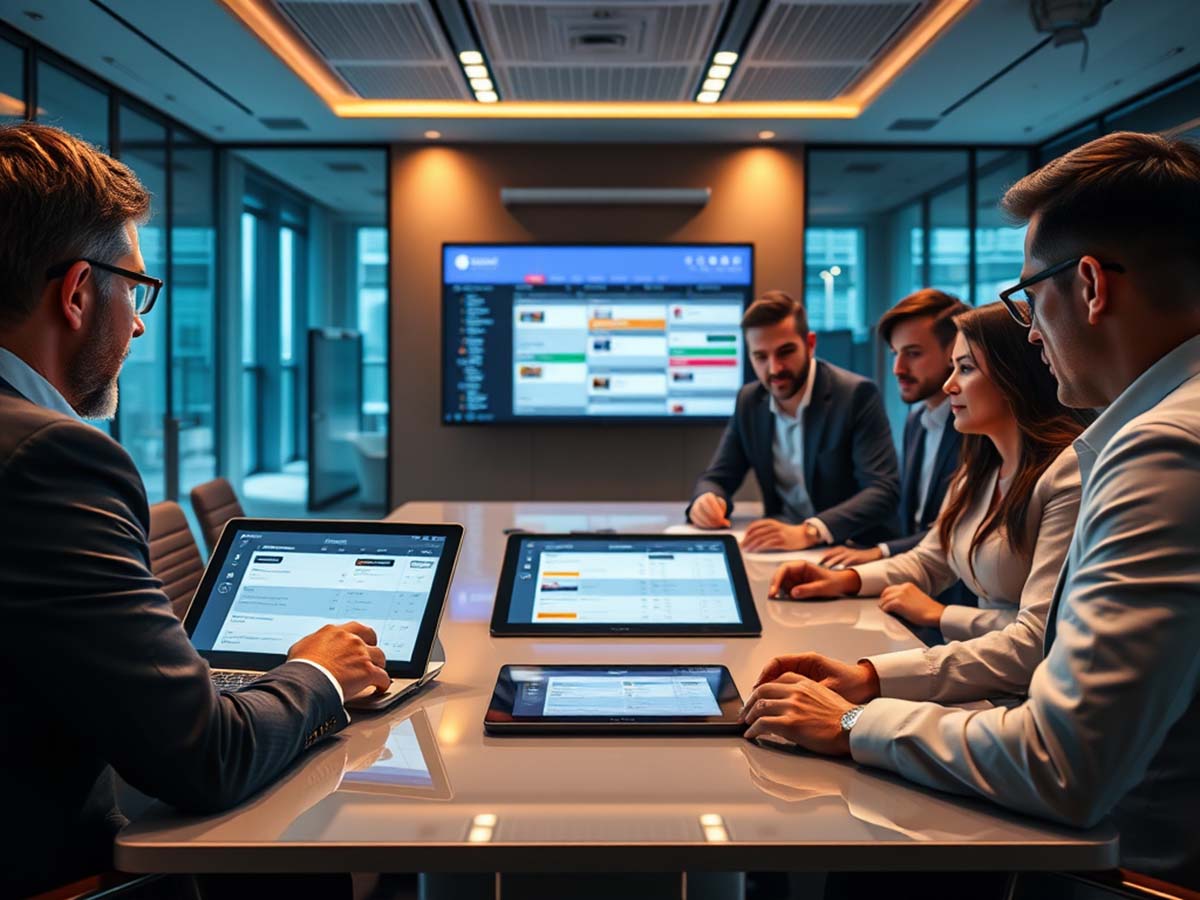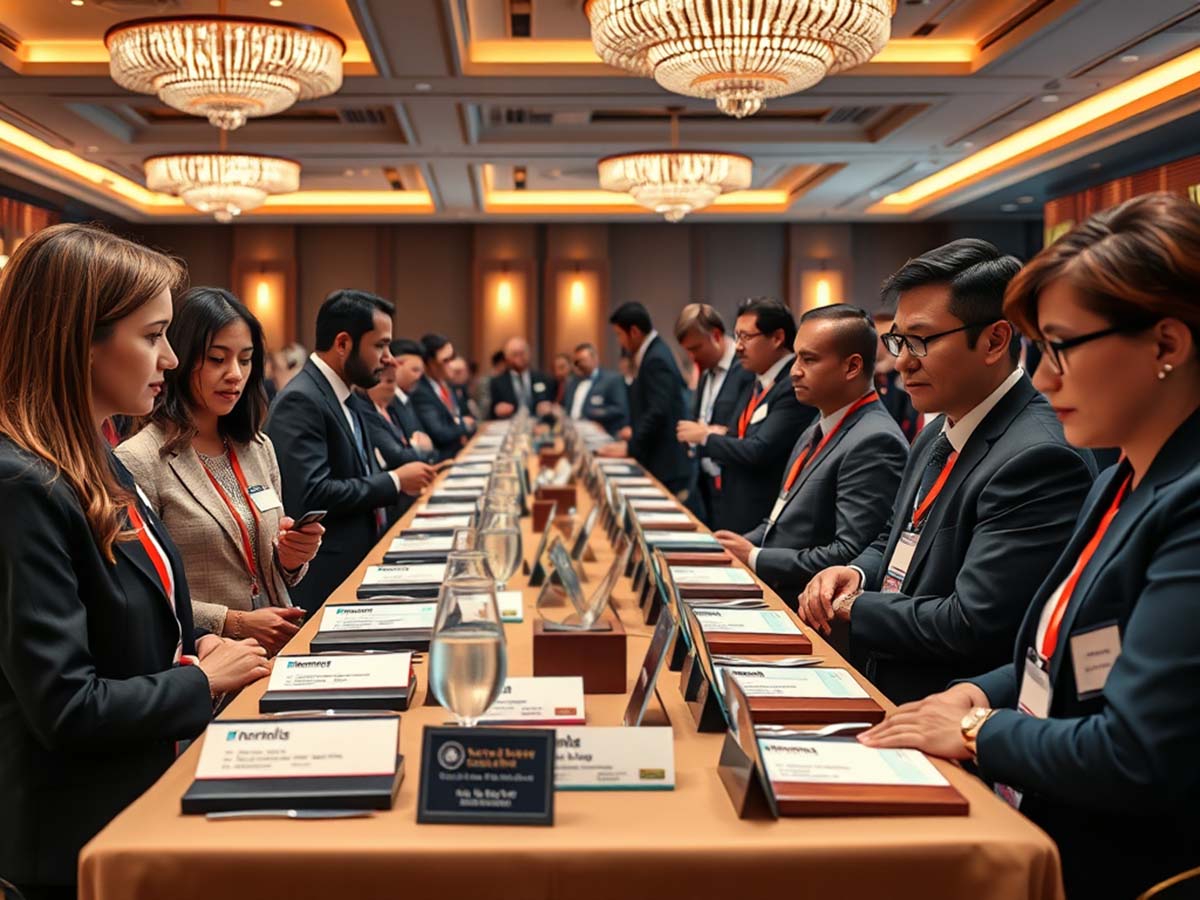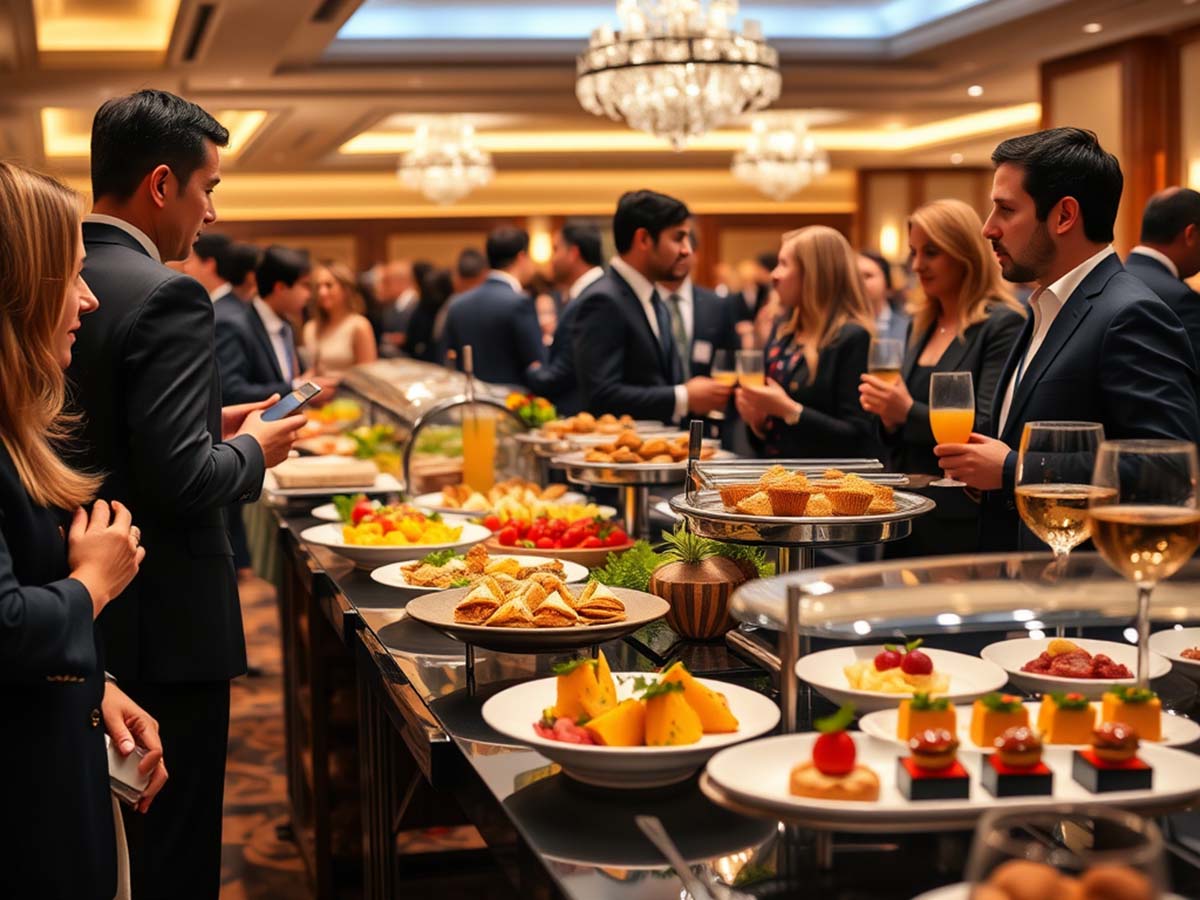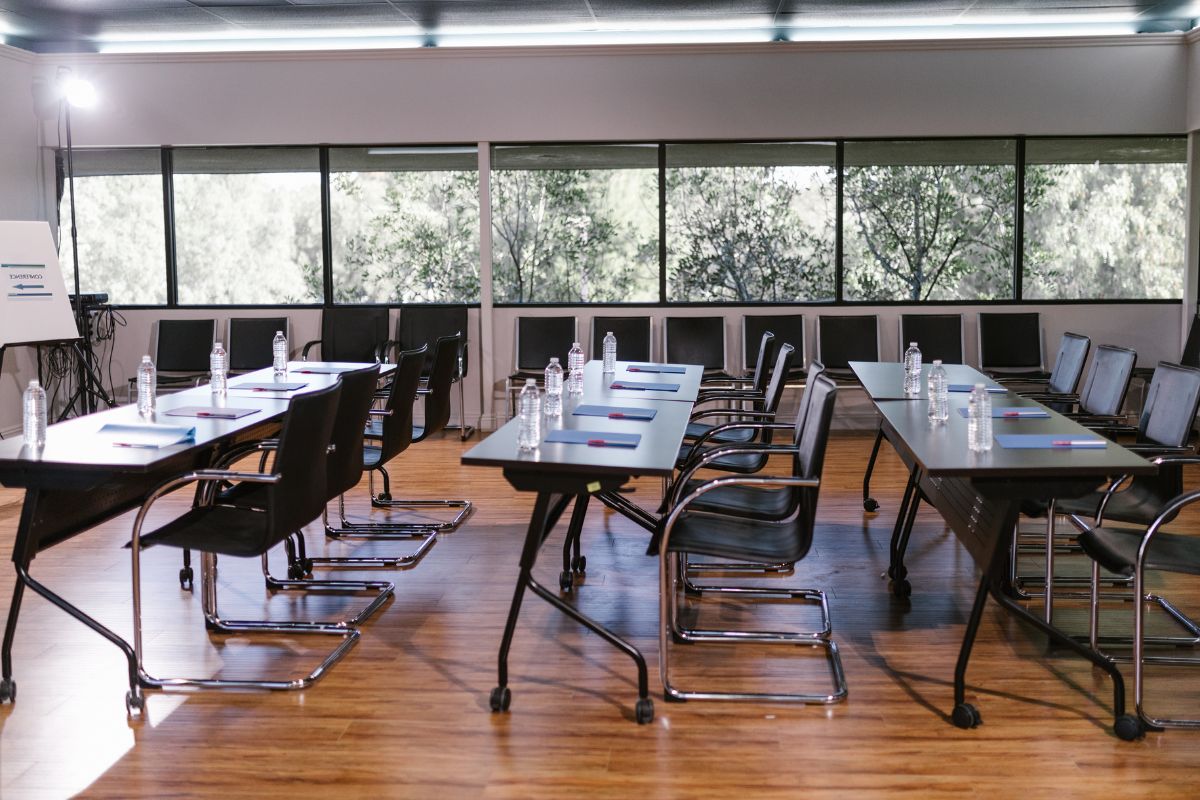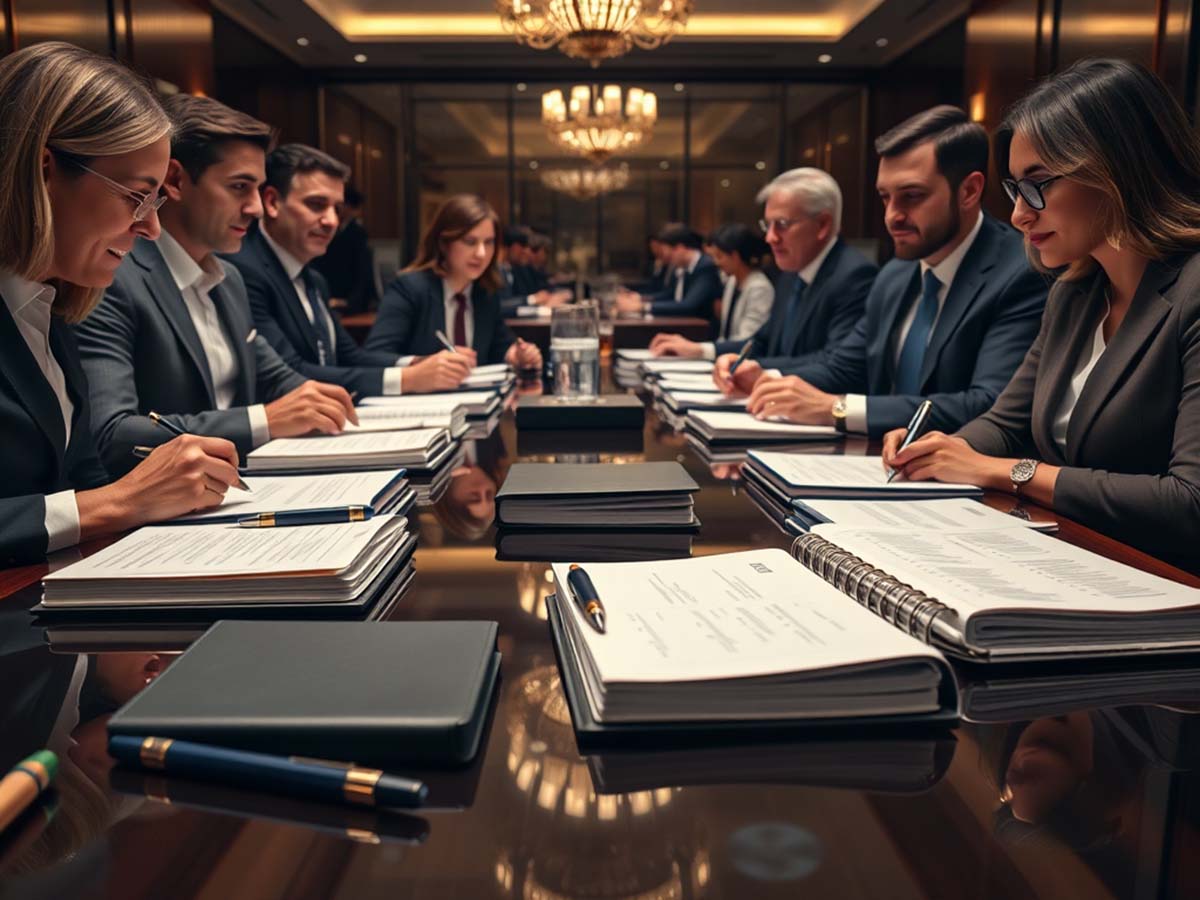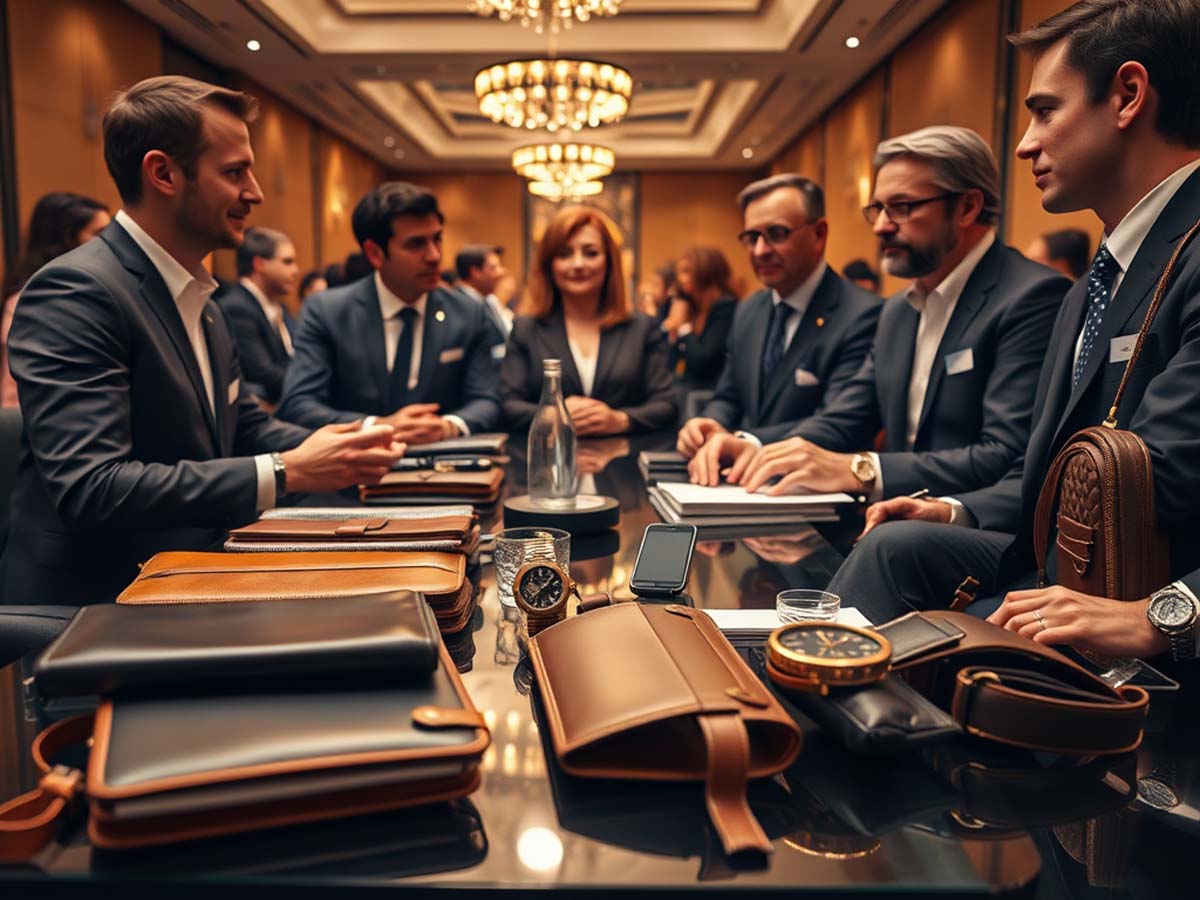Crafting an Efficient Event Schedule for Maximum Productivity
Why Event Scheduling Matters
Organizing an event requires careful planning. A well-structured schedule ensures that everything runs smoothly while keeping attendees engaged. Whether it’s a business conference, corporate workshop, or networking event, an optimized schedule can make a difference.
Poor scheduling leads to delays, disengaged participants, and missed opportunities. A thoughtfully designed timeline maximizes time, balances activities, and helps attendees stay focused. Knowing how to allocate sessions, breaks, and networking opportunities creates an efficient flow that enhances the overall experience.
Defining Event Goals and Audience Expectations
Every event has a purpose. Whether it aims to educate, inspire, or foster connections, understanding the core objective is the first step in creating an effective schedule. A business seminar might prioritize keynote sessions and panel discussions, while a networking event might focus on social interaction and workshops.
Audience expectations also play a role. Professionals attending a corporate summit anticipate insightful sessions and time for discussion. A creative workshop audience may expect interactive activities with minimal lectures. Recognizing these factors helps shape a schedule that keeps attendees engaged.
Structuring the Event Timeline
A strong event schedule has a clear structure. The timeline should balance high-energy activities with opportunities for rest. The goal is to maintain enthusiasm while preventing burnout.
Start with a Strong Opening
The first moments of an event set the tone. A captivating introduction establishes excitement and provides a roadmap of what to expect. A well-placed keynote speaker or an engaging welcome session helps attendees settle in and understand the event’s flow.
For multi-day events, the opening session should outline key highlights, introduce speakers, and provide logistical details. This ensures attendees know how to navigate the schedule.
Break Up Sessions for Maximum Engagement
Long, uninterrupted sessions can reduce attention levels. Instead of packing a schedule with back-to-back presentations, alternating formats keeps energy levels up. Mixing panel discussions, hands-on workshops, and interactive Q&A sessions ensures participants remain active.
For example, a full-day conference can alternate between keynote talks, networking breaks, and breakout sessions. This variation prevents information overload and encourages meaningful participation.
Include Strategic Breaks
Well-placed breaks allow attendees to recharge. A lack of scheduled downtime can lead to fatigue, reducing engagement levels. Short breaks between sessions give people time to absorb information, check emails, or socialize.
For corporate events, coffee breaks can double as networking opportunities. Social interaction is just as valuable as the sessions themselves, so incorporating these moments improves the overall experience.
Plan Lunch and Networking Sessions Wisely
Mealtime is more than just a pause in the schedule. It offers a natural opportunity for attendees to connect. Instead of viewing lunch as an isolated break, structuring it as a networking opportunity encourages productive conversations.
For formal events, seating arrangements can be planned to facilitate connections. A well-organized networking lunch allows attendees to interact with key speakers, panelists, or industry leaders.
Leave Room for Flexibility
Unexpected changes can occur during any event. A speaker might need extra time, or technical difficulties could cause delays. Building buffer time into the schedule prevents disruptions from derailing the entire timeline.
Leaving 5–10 minutes between sessions allows for smooth transitions. It also ensures that attendees have enough time to move between rooms without feeling rushed.
Utilizing Technology for Efficiency
Technology simplifies event scheduling. Digital tools help organizers manage time slots, speaker arrangements, and attendee coordination.
Event Apps for Real-Time Updates
Mobile event apps provide attendees with instant access to schedules, speaker bios, and venue maps. They also allow for last-minute updates, ensuring everyone stays informed if a session time or location changes.
Push notifications can remind attendees about upcoming sessions or special announcements. This helps prevent confusion and keeps the event running on track.
Digital Check-Ins and Session Tracking
QR code scanning and digital check-ins streamline event logistics. Organizers can track session attendance, analyze participation trends, and optimize future schedules based on engagement data.
For large events, this technology also reduces wait times at entry points, improving overall efficiency.
Live Polling and Interactive Sessions
Engagement tools like live polling and Q&A platforms encourage audience participation. Attendees can submit questions digitally, vote on discussion topics, or interact with speakers in real time.
Incorporating technology keeps the audience actively involved, making the event experience more dynamic and engaging.
Balancing Speaker Sessions and Interactive Activities
A mix of content styles prevents monotony. While expert presentations provide valuable insights, interactive activities create memorable experiences.
Expert-Led Discussions
Keynote speeches and panel discussions offer deep industry insights. Having renowned experts share their knowledge builds credibility and adds value to the event.
Balancing expert sessions with interactive elements ensures that attendees remain engaged rather than passive listeners.
Hands-On Workshops
Workshops provide attendees with the chance to apply knowledge. Interactive learning sessions encourage participation and skill development.
For example, at a marketing event, a workshop on social media strategy allows participants to create and refine their campaigns in real time.
Roundtable and Group Discussions
Smaller group discussions encourage collaboration. Participants can share insights, debate industry trends, and engage in meaningful conversations.
Organizing roundtable discussions based on industry interests or professional backgrounds ensures relevant discussions that provide actionable takeaways.
Optimizing the Closing Segment
A strong closing session ties the event together. Ending on a high note ensures that attendees leave with valuable insights and a positive experience.
Key Takeaways and Actionable Insights
A final wrap-up session should summarize the most impactful moments of the event. Highlighting key discussions and providing actionable takeaways helps attendees retain valuable information.
For multi-day events, organizers can create summary documents or post-event reports to reinforce key messages.
Networking and Socializing Opportunities
The final segment of an event is a perfect time for informal networking. A closing reception, coffee meet-up, or casual gathering encourages attendees to connect one last time before the event concludes.
Facilitating these interactions ensures that relationships built during the event continue beyond the scheduled sessions.
Feedback Collection for Future Improvement
Gathering attendee feedback helps organizers refine future events. Digital surveys, QR code feedback forms, or real-time polling allow participants to share their thoughts.
Asking about session effectiveness, speaker quality, and overall experience provides valuable insights. Understanding audience preferences ensures continuous improvement for future events.
Thoughts on Event Scheduling
A well-structured event schedule maximizes productivity, keeps attendees engaged, and ensures smooth execution. Thoughtful planning, balanced content formats, and strategic use of technology create an event experience that is both efficient and enjoyable.
By defining clear goals, incorporating interactive elements, and allowing for flexibility, organizers can craft schedules that deliver meaningful experiences. Every event is an opportunity to bring people together, share knowledge, and create lasting connections.
